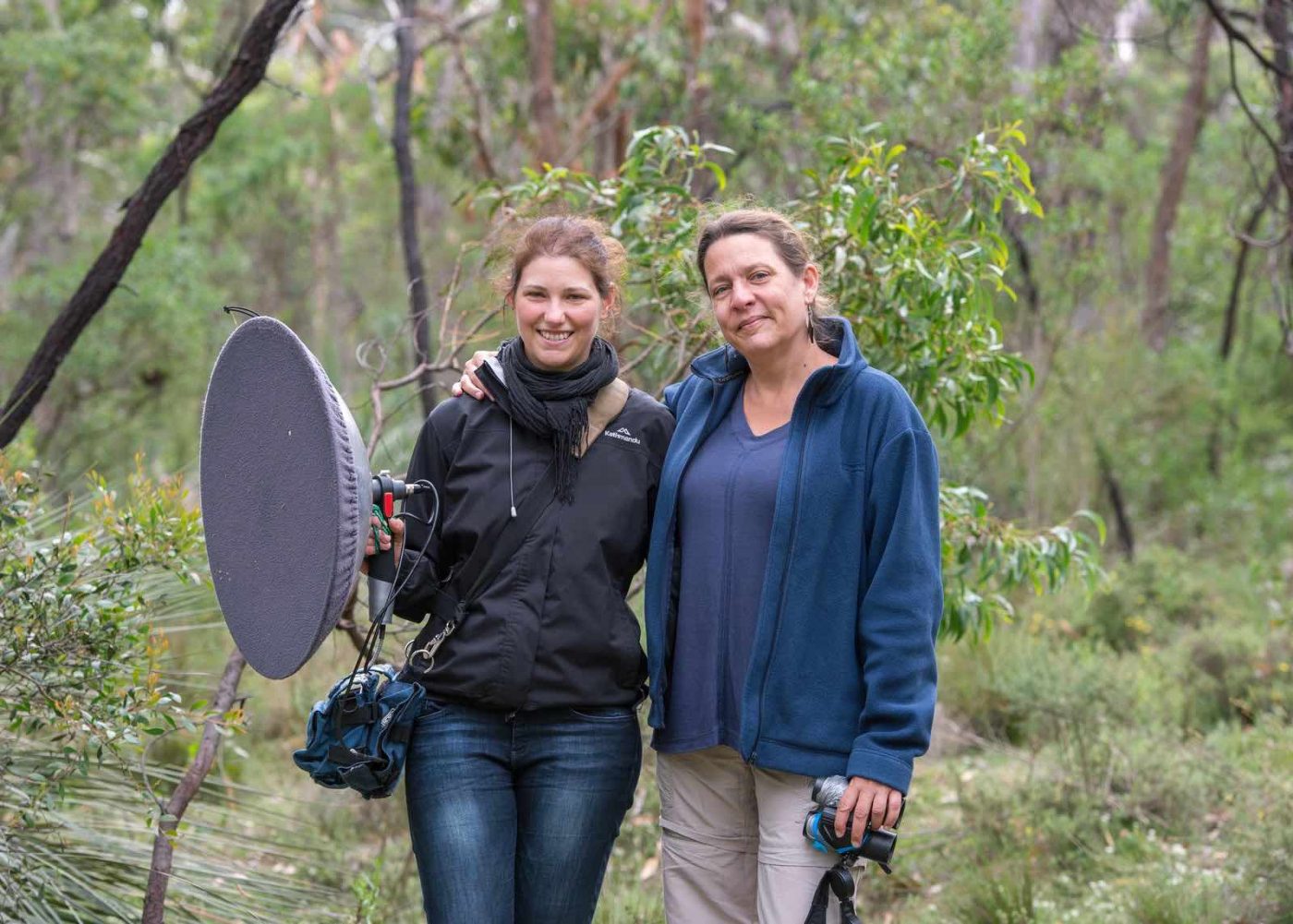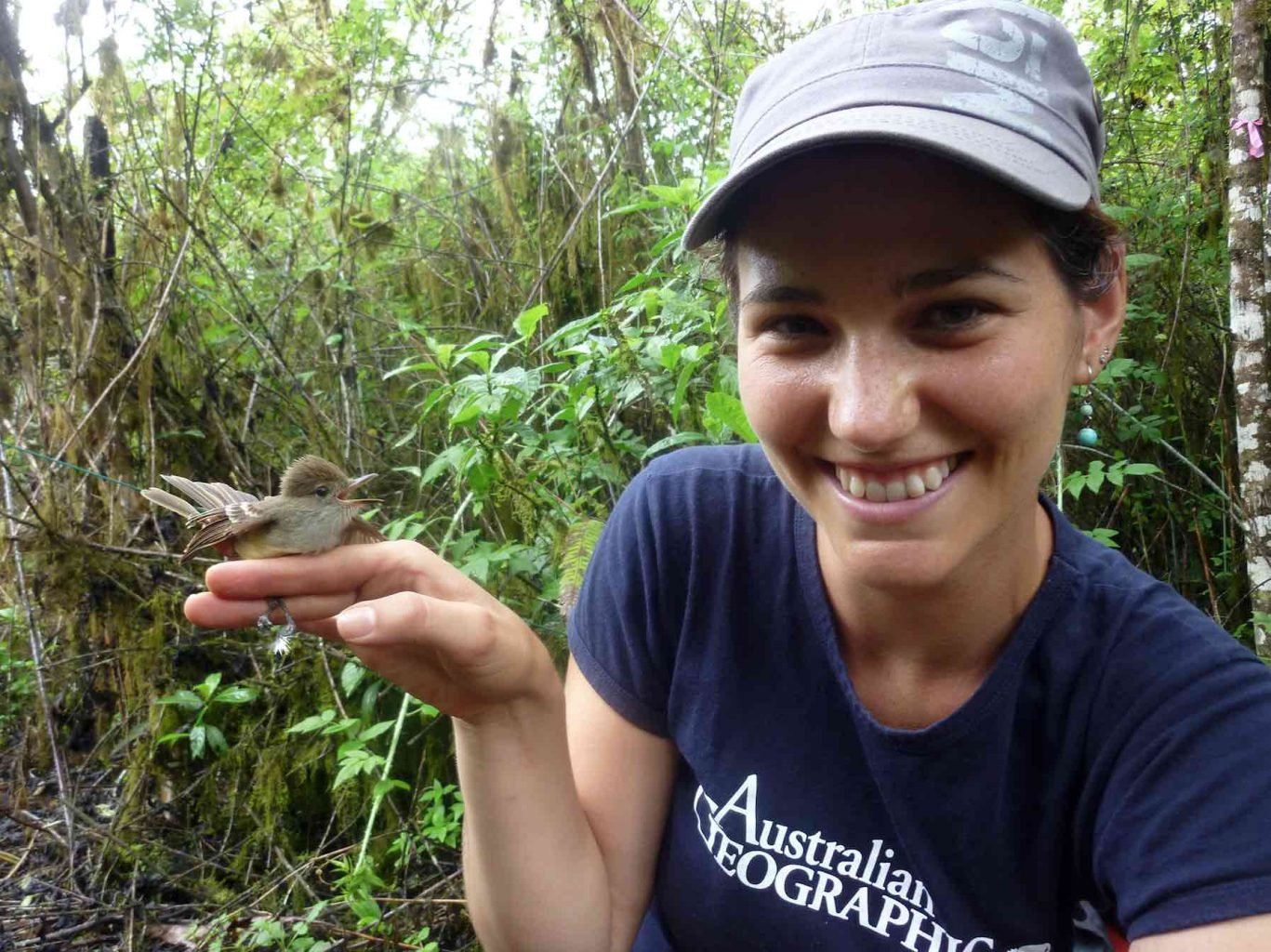It was Diane Colombelli-Negrel’s ‘musical ear’ that brought her to Australia in the 1990s, but today you won’t find her in the entertainment industry.
Now recognised as a world avian ecology authority, Doctor Colombelli-Negrel is overseeing new research by Flinders University into the lives of the endangered southern emu wren and one of Australia’s smallest falcons, the nankeen kestrel. Both birds are endemic to the Whalers Way Orbital Launch Complex on the southern tip of Eyre Peninsula in South Australia.
The research, which is sponsored by Australian space company Southern Launch, aims to gather data on the general ecology and population numbers of the birds, with a particular focus on their breeding success, to support conservation efforts.
“With the nankeen kestrel, we want to see how they are adapting to urbanisation,” Dr Colombelli-Negrel said. “We want to get a better understanding of their foraging habits, their distribution, and also we want to see how well they’re able to reproduce.”

Most importantly, thanks to technology the research is non-invasive, without any tagging or trapping.
“We’ll place little satellite trackers on their back, and see if there’s difference in how they are foraging in urban areas and in more rural areas,” she said. “There’s a lot of that research in Europe, but very little research on raptors in Australia, especially South Australia.”
When it comes to the emu-wrens, the researchers hope to get a better understanding of potential reproductive isolation barriers between the subspecies by monitoring the birds’ sounds.
“They listen to the songs of one another to determine whether they want to reproduce, so we’re going to look at the what we call ‘dialects’ in birds, just like in humans, to see whether they have similar dialects, different dialects and how they respond to those dialects,” she said.
“It can all be done from a distance without disturbing the bird.”

Technology to study birds has come a long way during Dr Colombelli-Negrel’s 18 year career.
“In the past, the tracking technology available wasn’t that small, so we were limited because we have to consider the weight of the bird, and the bird has to be able to fly with the device. You can’t go above a certain weight for the size of the bird, so we could only track the bigger birds,” she said.
“In terms of acoustics, we used to do that with tape recorders and the simple things that we used to use for singing; You had a lot of cassettes to listen to and edit. Now, everything’s digital and small, so you can record a lot more birds, you have much lighter equipment, and it’s more precise to actually do the analysis.
“I was always interested in sound and how animals communicate with each other. I had a fantastic lecturer at university who inspired me about birds.
“I decided to come from Europe to study Australian birds because not a lot of people know this, but the origin of songbirds is in Australia, and this is the place to be if one wants to learn about how birds learn this song. They have a fantastic communication system.”






